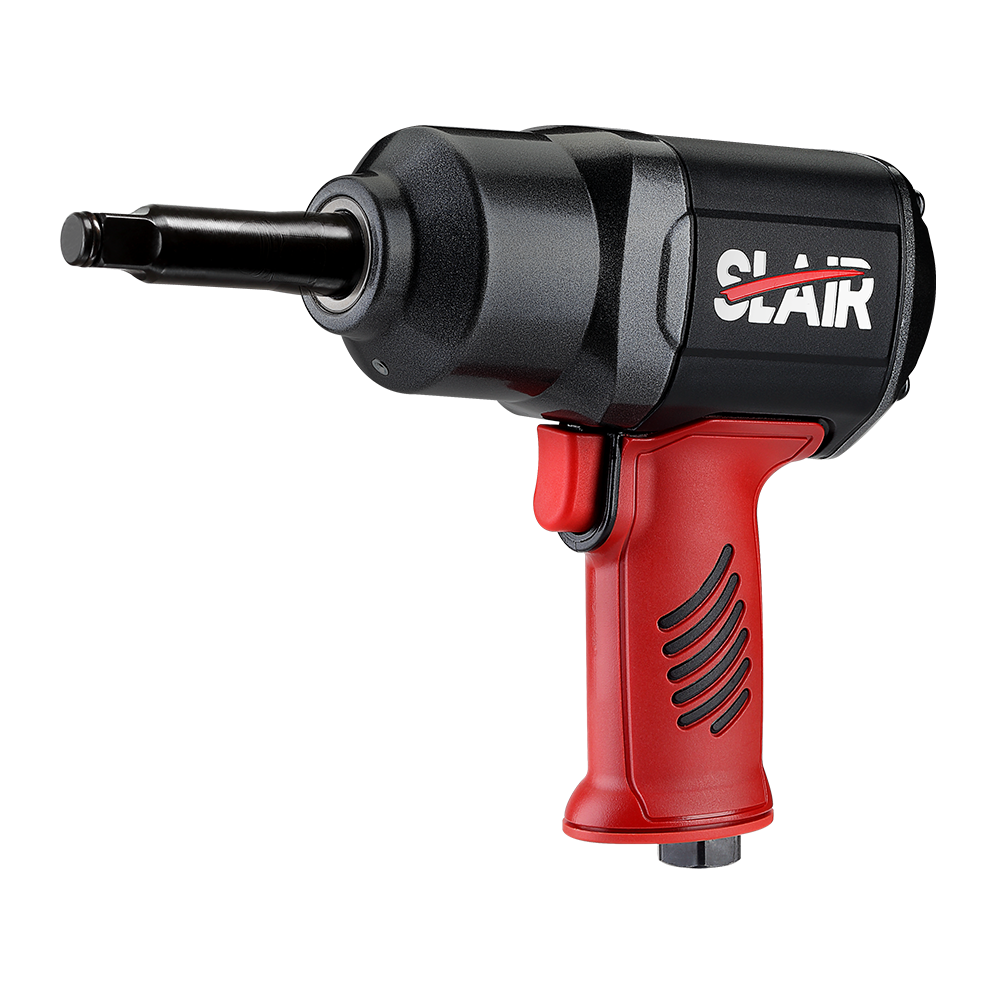The compact design of air angle grinders is specifically tailored to optimize maneuverability in tight or restricted environments. Their smaller dimensions facilitate easy access to areas that may be obstructed by walls, furniture, or other equipment. This agility is crucial for professionals who need to perform tasks in cramped quarters, such as plumbing installations or electrical work in small spaces. This design minimizes the risk of damaging surrounding structures or components, making it a safer choice for delicate operations.
Air angle grinders stand out due to their superior power-to-weight ratio. The power generated from compressed air allows these tools to maintain high levels of torque without the bulk typically associated with electric grinders. This lightweight construction is especially beneficial when working overhead, as it reduces the strain on the user’s arms and shoulders. Operators can sustain longer working periods without fatigue, which is essential for completing demanding tasks efficiently.
The reduced risk of overheating is a critical advantage of air angle grinders. Unlike electric grinders that can heat up quickly due to prolonged use, air-powered tools dissipate heat effectively through the air supply. This characteristic is especially important in scenarios where operators are grinding or cutting materials overhead, as overheating can lead to tool failure or even hazardous situations. The ability to maintain optimal operating temperatures ensures consistent performance and longevity of the tool.
Air angle grinders can be operated continuously as long as there is a sufficient air supply. This capability allows professionals to maintain productivity without the interruptions associated with electric tools that may require cooling breaks. In environments where time is of the essence, such as construction sites or manufacturing facilities, the ability to work uninterrupted significantly boosts efficiency, leading to faster project completion.
One of the hallmarks of air angle grinders is their versatility. These tools can be fitted with a variety of attachments, including grinding wheels, sanding discs, and polishing pads, enabling them to perform numerous tasks beyond basic grinding. This adaptability is particularly beneficial in confined spaces where carrying multiple tools can be cumbersome. Users can switch between functions quickly, optimizing workflow and reducing the time spent on each task.
The ergonomic design of air angle grinders provides users with enhanced control and precision during operation. This feature is critical when performing intricate tasks in overhead or confined spaces, where the margin for error is minimal. The responsive triggers and adjustable speed settings allow operators to make precise adjustments as needed, resulting in superior quality work. The improved accuracy also contributes to reducing material waste and minimizing the likelihood of costly mistakes.
Air angle grinders offer a significant advantage in environments where electrical supply may be limited or unreliable. Their reliance on compressed air means they can operate in locations without accessible power outlets, such as outdoor job sites or areas prone to moisture. This characteristic not only enhances the safety of the operation by reducing the risk of electric shock but also allows for greater flexibility in worksite setup and tool deployment.
The mechanical simplicity of air angle grinders translates to lower maintenance requirements compared to electric models. With fewer moving parts, air tools are less prone to wear and tear, resulting in a reduced likelihood of mechanical failures. Regular maintenance typically involves checking air lines and lubricating moving components, which is straightforward and less time-consuming. This reliability is particularly advantageous in high-demand environments, where tool performance is critical to maintaining productivity.





 English
English 中文简体
中文简体 русский
русский Deutsch
Deutsch Português
Português Español
Español
















